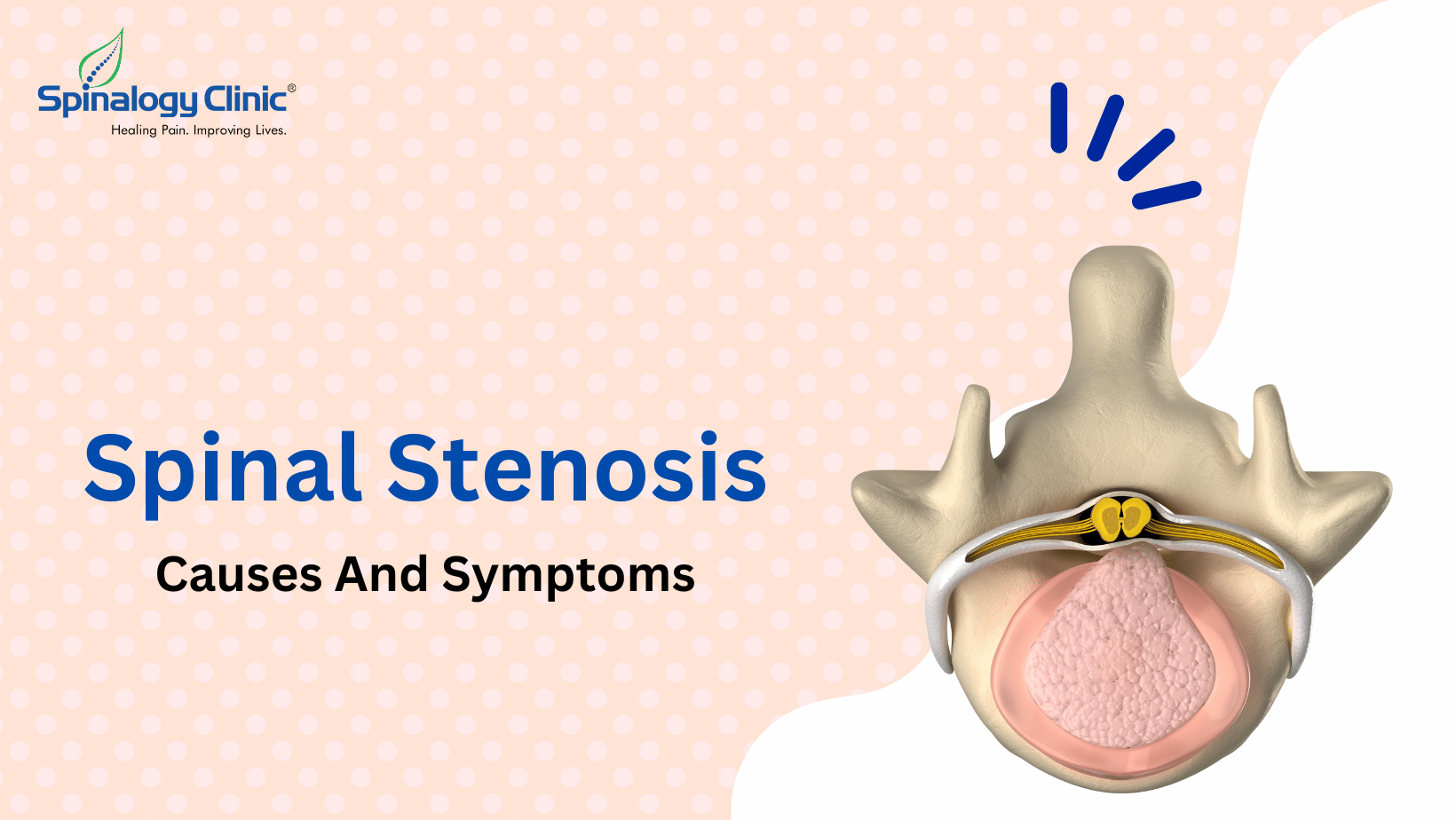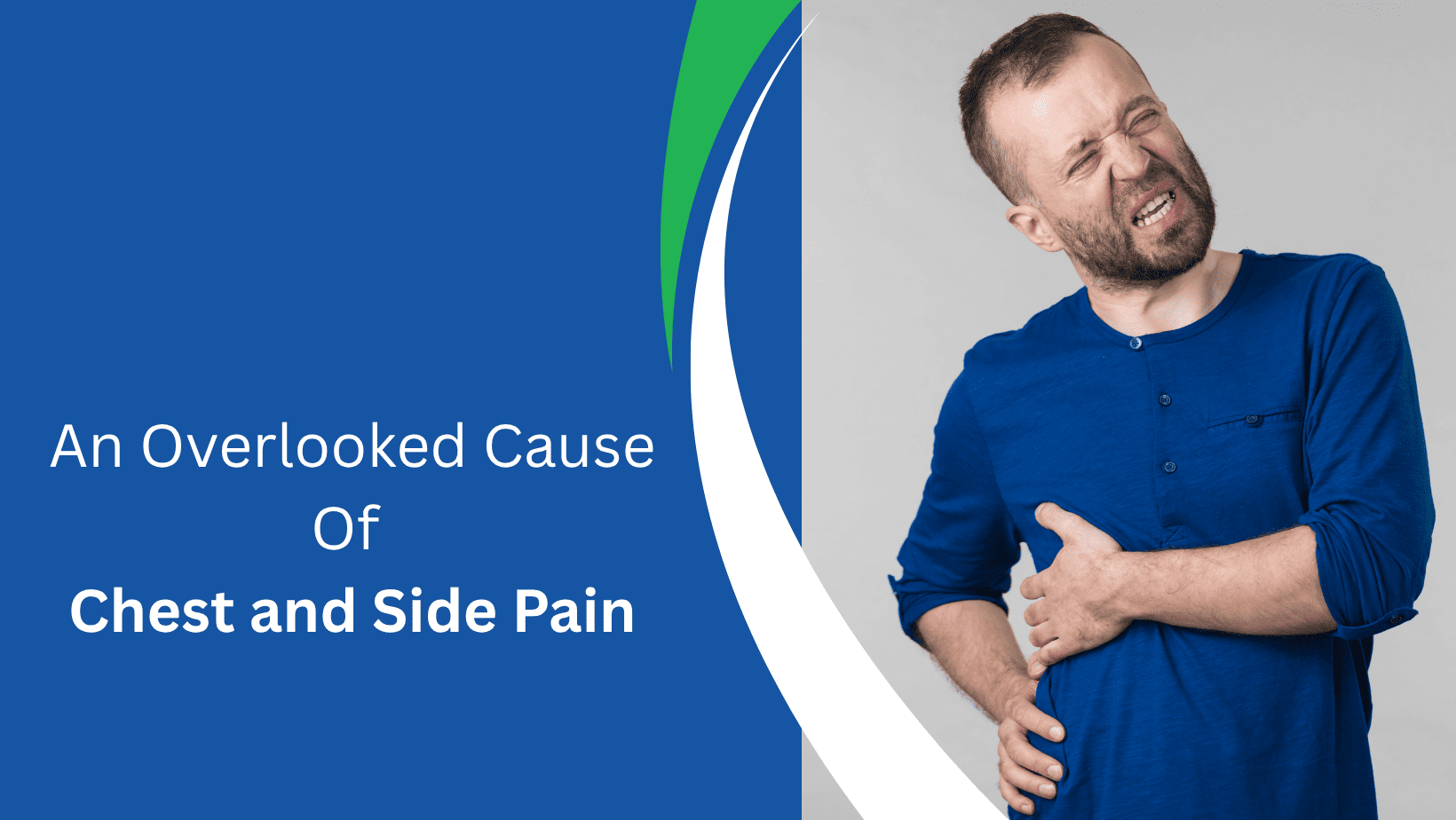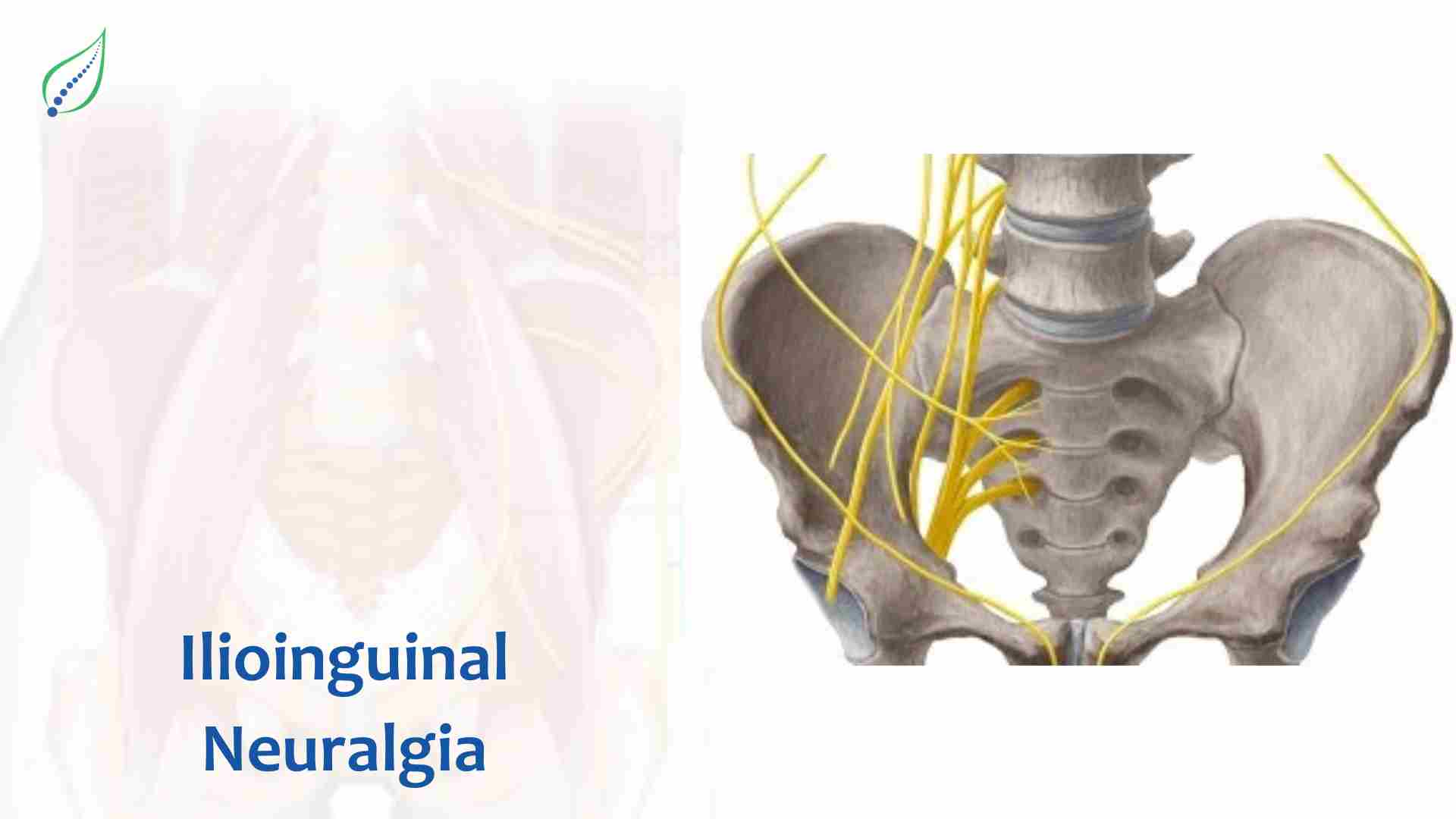Spinal Stenosis
The spinal cord runs through spinal column, a segment of bones called vertebrae that give strength, support and stability toe the upper body. Spinal nerves go through openings in the vertebrae and conduct signals from the brain to rest of the body.
Spinal stenosis is a condition where the spinal column narrows and starts compressing the spinal cord. This process is typically gradual. If the narrowing of the spinal column is minimal, no major symptoms will be seen. Too much of narrowing can compress the nerves resulting in pain, tingling, muscle weakness and numbness. The symptoms increase after walking certain distance and is called claudication distance. It is important to differntiate between vascular claudication i.e. claudication due to damage to arteries of lower limbs and claudication due to spinal stenosis.
Spinal stenosis can be (based on which part is effected more):
- Foraminal spinal stenosis
- Central spinal stenosis
What are the symptoms of spinal stenosis?
Symptoms typically progresses over time as spinal nerve become more and more compressed. People might experience:
- Arm or leg weakness
- Lower back pain while walking or standing
- Radiating pain in legs and arms
- Altered Gait
- Numbness and tingling in legs and arms
What are the causes of spinal stenosis?
Spinal stenosis occurs when open space between the spinal canal becomes narrow. There are many reasons for Spinal Stenosis. The common reason is arthritis.
Osteoarthris : Wear and tear of spinal joints lead to form a bony spurs. This bony growths puts pressure on spinal cord.
Herniated Disc: Disc are soft cushioning between two vertebrae. This discs tend to dry out due to age or jerk to disc can cause escaping of inner material of disc. The escaped inner material of disc starts giving pressure on spinal cord.
Injury : Fracture of spine or injury to spine can inflame the part of spine
Tumour: Spinal Tumours or any abnormal growths in the space between spinal cord and vertebrae can cause narrowing.
Some people are born with small spinal canal, in such conditions people may start noticing the symptoms between age 30-50.
What are the treatment options for spinal stenosis?
First-line treatments: Pharmaceutical treatment is typically tried first to recover spinal stenosis. Nonsteroidal anti-inflammatory drugs (NSAIDs) can also help to eliminate the pain. The main goal is to relieve the person from severe pain.
Spinal Injection: Cortisone injections can be injected into your spinal column that can reduce swelling over the nerves.
Physical Therapy: Physical therapy can also help eliminate pain and strengthen your muscles.
Typically Non-Surgical Multi-Disciplinary treatment works best in spinal canal stenosis.

_1750326150_1751826460.png)


